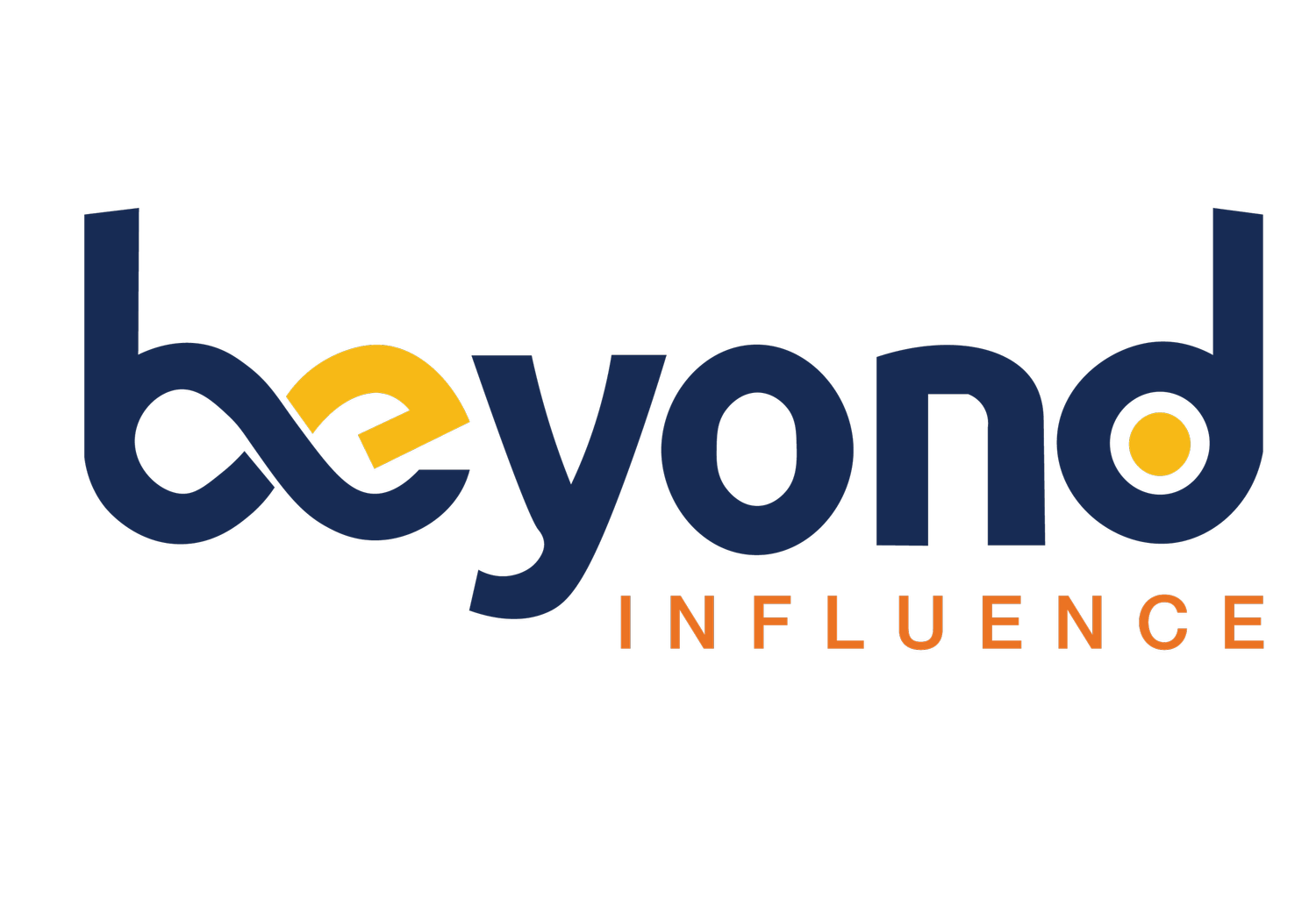The Influence Reckoning: What Happens When the Hype Finally Meets Reality
Written by Jeanette Okwu
Everyone's talking about AI is taking over influencer marketing. Mostly, they're wrong.
The conversation has centered on discovery algorithms and predictive analytics, which, frankly, were already happening before ChatGPT made the AI cocktail party conversation. The real disruption isn't in finding influencers faster (though that's nice). It's in the uncomfortable truth that AI is getting remarkably good at creating content that feels human.
We're not there yet, but we're close enough to make anyone paying attention slightly queasy. When an AI can craft a skincare routine post that hits every engagement trigger and emotional beat, what exactly are we paying humans for? Authenticity becomes a premium product, and suddenly those "authentic" micro-influencers aren't just trendy. They're economically essential.
This creates a peculiar paradox. As AI democratizes content creation, genuine human connection becomes more valuable, not less. The brands figuring this out first will own the conversation. The rest will be stuck optimizing click-through rates on increasingly hollow content.
The Creator Economy's Uncomfortable Truth
Despite the urgent myth of influencers leading a leisurely life, most creators aren't making enough money.
Despite breathless coverage of multi-million dollar brand deals and creator funds, the median creator income remains stubbornly modest. This isn't a problem to solve; it's a feature of the system. For every creator making bank, hundreds are subsidizing their content creation with day jobs, hoping to hit the algorithmic lottery.
This reality is reshaping brand partnerships in ways the industry hasn't fully grasped. Creators are becoming more selective. They're prioritizing long-term partnerships over one-off campaigns because, frankly, they need reliable income streams. The brands treating creators as interchangeable content machines are discovering that good talent has options.
Smart brands are reading the room. They're moving toward retainer models, offering creators stability in exchange for consistent, quality content. It's not just good karma, it's good business. Stressed creators produce forgettable content. Financially secure creators take risks.
The Platform Shuffle Nobody Saw Coming
While everyone obsessed over TikTok's dominance, something interesting happened in the margins. Niche platforms started eating mainstream social media's lunch, one micro-community at a time.
Discord servers, Reddit communities, and specialized forums are becoming the new frontier for influence. Not because they're new (they're not), but because authenticity scales differently in smaller spaces. A creator with 5,000 engaged followers in a passionate niche community can drive more meaningful action than a mega-influencer shouting into the void of 5 million barely-interested followers.
This shift requires uncomfortable recalibration. Brand managers comfortable with reach metrics suddenly need to understand community dynamics. Influence becomes less about follower counts and more about cultural currency within specific groups. It's messier to measure, harder to scale, and infinitely more effective when done right.
The Measurement Problem We're Still Pretending Doesn't Exist
Here's an uncomfortable industry secret: we're still terrible at measuring what matters.
Yes, attribution models have improved. Social listening tools provide better sentiment analysis. Multi-touch attribution gives us prettier charts. But we're optimizing for metrics that often have tenuous relationships to actual business outcomes.
The dirty secret of influencer marketing ROI is that the most valuable impacts, brand perception shifts, community building, cultural relevance, remain maddeningly difficult to quantify. Meanwhile, we obsess over engagement rates that can be gamed and conversion metrics that ignore the long tail of influence.
The brands winning in 2025 won't be the ones with the best measurement stack. They'll be the ones comfortable making strategic bets based on qualitative insights alongside quantitative data. Sometimes the most critical question isn't "what can we measure?" but "what are we missing by only focusing on measurable outcomes?"
The Privacy Paradox Nobody Talks About
Privacy regulations continue tightening, and third-party data grows increasingly unreliable. Simultaneously, consumers expect more personalized, relevant content than ever. This tension isn't resolving, it's intensifying.
The solution isn't better tracking or cleverer workarounds. It's building direct relationships that make invasive data collection unnecessary. Influencers who cultivate genuine communities don't need algorithmic targeting because their recommendations carry inherent trust. Brands that invest in authentic partnerships don't need to track every click because they're building long-term customer relationships.
This shift favors patient capital and strategic thinking over growth-hacking mentalities. The future belongs to brands comfortable with qualitative relationship building, not just quantitative optimization.
What This Actually Means
The influencer marketing landscape of 2025 won't be defined by new platforms or technologies. It'll be characterized by the maturation of existing dynamics and the strategic shifts that all players involved are making.
Creators are becoming more professional, consumers are developing stronger filters for authentic versus manufactured content, and brands are realizing that influence is about relationship building. And agencies? We're finally moving beyond the adolescent phase of chasing every shiny new trend toward strategic partnership models that create sustainable value. The real opportunity isn't in the next big platform or the latest AI tool. It's in understanding that influence is fundamentally about trust.
For brands ready to move beyond campaign thinking toward partnership strategy, the landscape has never been more promising. For those still chasing viral moments and hoping for algorithmic lightning strikes? Well, the music's about to stop, and there aren't enough chairs for everyone.
The question isn't whether you're ready for 2025. It's whether you're prepared to stop playing yesterday's game and start building tomorrow's relationships. Because in a world where everyone's shouting, the brands that learn to listen and respond with genuine value, will own the conversation.
Ready to build influence that lasts beyond the next algorithm update? Let's talk about what sustainable partnership strategies actually look like in practice.

